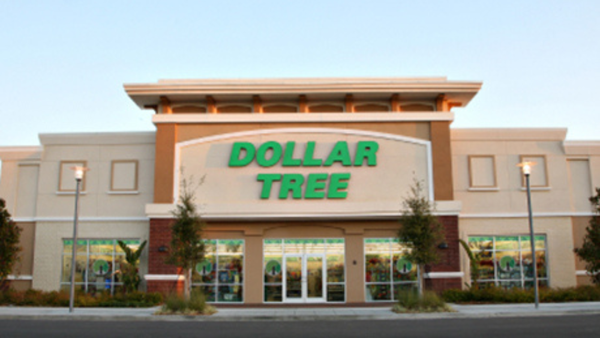
The sticker price is only the beginning. That polished listing, with its bright photos and flattering square footage, might look like a dream—but the reality can get expensive fast. Real estate transactions are layered with costs that most buyers don’t fully see coming.
Hidden fees, strategic pricing, and misleading presentation tactics all serve one purpose: to make a property seem more affordable than it truly is. Understanding these tricks isn’t just helpful—it’s essential for avoiding serious financial surprises.
1. Underpricing to Trigger Bidding Wars
What looks like a deal might just be bait. Some sellers deliberately price properties below market value to draw in more interest and spark a bidding war. The goal isn’t to sell at the listed price but to push buyers into emotional overbidding. Buyers walk in thinking they’re getting a steal but often end up paying more than the home is worth. It’s a psychological trap that preys on urgency and competition, not logic or budget.
2. Omitting Key Costs in Listings
The listing price tells only part of the story. Many agents leave out critical expenses like HOA fees, property taxes, and insurance premiums to make a home seem more affordable. These recurring costs can easily add hundreds—or even thousands—to your monthly burden. When buyers calculate affordability based solely on the mortgage payment, they’re being misled. The real cost of ownership is hidden in the fine print and rarely mentioned upfront.
3. Staging That Distracts from Structural Issues
A perfectly staged home can hide a world of problems. Furniture placement and lighting tricks are often used to draw attention away from damage, awkward layouts, or outdated systems. The buyer’s eye is led toward the décor and away from the cracks, stains, or old HVAC units. This manipulation makes it easy to overlook major repairs that could cost tens of thousands post-sale. The illusion of move-in ready often ends with a punch to the wallet once the furniture is gone.
4. Lowball Property Taxes in the Listing
Many listings advertise current property taxes that don’t reflect what the new owner will actually pay. That’s because once a home sells, it’s often reassessed—and the tax rate can jump significantly. This tactic keeps the estimated monthly payment looking low, encouraging buyers to stretch their budgets. The catch comes months later when the first tax bill arrives, much higher than expected. By then, it’s too late to back out.
5. Downplaying Maintenance and Renovation Needs
Some properties are presented as “light fixer-uppers” or “cosmetic only” when they actually need serious work. Listing agents use vague language to minimize the perceived cost of updates or maintenance. What’s described as a “quick refresh” might mean gutting a bathroom or rewiring the house. Buyers who underestimate renovation expenses often face budget shocks and delays. The strategy hinges on making the work seem simpler and cheaper than it really is.

6. Inflated Appraisals to Justify Asking Price
Appraisals aren’t always neutral. In hot markets, some sellers lean on inflated or overly optimistic appraisals to justify a high asking price. This creates the illusion of value while potentially leaving buyers underwater if the market cools. When buyers rely on these numbers, they risk overpaying based on assumptions rather than actual worth. It’s a polished smokescreen that props up the price with weak foundations.
Look Beyond the Price Tag
The real cost of buying a home is rarely what’s on the listing. Between strategic underpricing, hidden expenses, and cleverly staged distractions, buyers need to stay sharp. Understanding these real estate tricks is the first step to making smarter, more informed decisions. Don’t just ask what the house costs—ask what it will cost you.
What’s your experience with hidden home buying costs? Share your thoughts or leave a comment below.
Read More
10 Things Real Estate Agents Say That Signal Trouble
Unwed and Buying Homes Together: 7 Reasons It’s a Terrible Idea
The post 6 Real Estate Tricks That Hide the True Cost of Buying appeared first on Everybody Loves Your Money.







